Home>Gardening & Outdoor>Pool & Spa Care>What Chemicals Do I Put In My Hot Tub
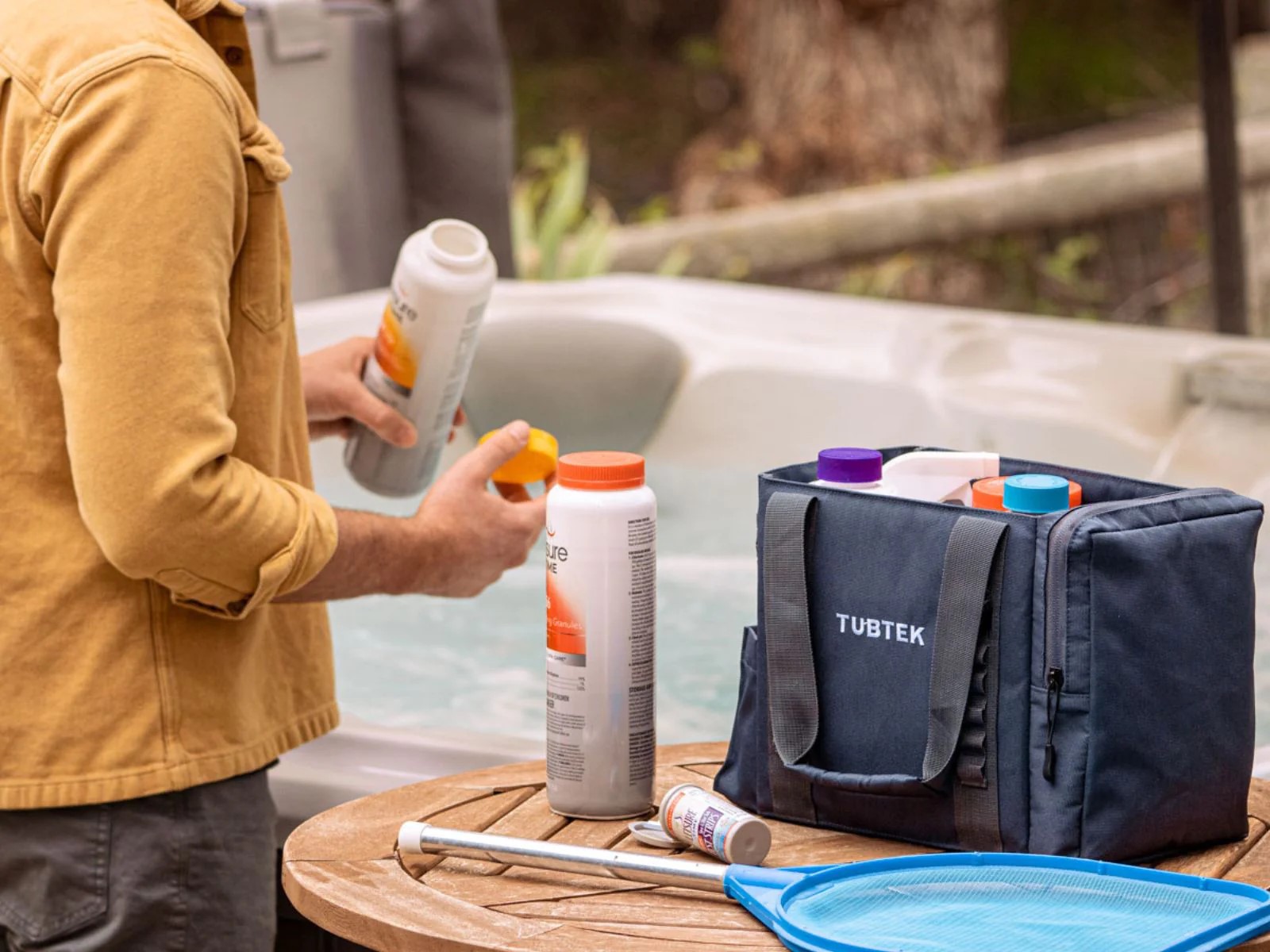

Pool & Spa Care
What Chemicals Do I Put In My Hot Tub
Published: December 29, 2023
Discover the essential chemicals for maintaining your hot tub with our expert pool and spa care guide. Keep your hot tub clean and safe with the right chemicals!
(Many of the links in this article redirect to a specific reviewed product. Your purchase of these products through affiliate links helps to generate commission for Storables.com, at no extra cost. Learn more)
Introduction
Welcome to the wonderful world of hot tub ownership! Whether you’re a seasoned spa enthusiast or a newcomer to the joys of soaking in warm, bubbling water, maintaining your hot tub is essential for both your enjoyment and the longevity of your investment. One of the key aspects of hot tub maintenance is understanding the chemicals needed to keep the water clean, clear, and safe for soaking. In this comprehensive guide, we’ll explore the various chemicals required for hot tub care, their functions, and why they are crucial for a pristine and inviting soaking experience. Let’s dive in and demystify the world of hot tub chemistry!
Key Takeaways:
- Keep your hot tub clean and safe by using sanitizers like chlorine or bromine, pH adjusters, and alkalinity adjusters. Regular testing and monitoring are crucial for a comfortable soaking experience.
- Maintain water clarity and equipment longevity with shock treatments, stain and scale control products, and clarifiers. These chemicals help create a visually appealing and inviting hot tub environment.
Read more: What Do I Need To Put In My Hot Tub
Sanitizers
Sanitizers are the backbone of hot tub water maintenance, working tirelessly to eliminate bacteria, algae, and other harmful contaminants. The most commonly used sanitizer in hot tubs is chlorine, which effectively kills bacteria and keeps the water safe for soaking. Chlorine is available in different forms, including granules, tablets, and liquid, providing flexibility in application based on your specific hot tub setup and maintenance routine.
Bromine is another popular choice for hot tub sanitization. It is known for being more stable than chlorine in higher temperatures, making it a preferred option for hot water environments. Bromine also has a less potent odor than chlorine, offering a more pleasant soaking experience for users sensitive to chemical scents.
Non-chlorine shock is a valuable addition to your sanitizer arsenal, assisting in oxidizing organic contaminants and restoring water clarity. This shock treatment is particularly beneficial for those with chlorine sensitivities or allergies, as it does not produce the same strong chemical odor associated with traditional chlorine shock treatments.
When using sanitizers, it’s crucial to maintain the appropriate levels to ensure optimal effectiveness without causing skin irritation or other adverse reactions. Regular testing of sanitizer levels and diligent monitoring of water quality are essential practices for hot tub owners to uphold a safe and enjoyable soaking environment.
pH Adjusters
Ensuring the proper pH balance in your hot tub is fundamental for water clarity, bather comfort, and the overall effectiveness of your sanitizers. The pH scale measures the acidity or alkalinity of the water, with a balanced pH being essential for preventing corrosion, scale buildup, and skin or eye irritation.
Common pH adjusters include pH increasers and decreasers, which allow you to raise or lower the pH levels as needed. Baking soda is a popular choice for increasing pH, effectively raising alkalinity levels while also serving as a buffering agent to prevent drastic pH fluctuations. On the other hand, pH decreasers, such as sodium bisulfate, enable precise pH reduction, promoting a more comfortable and stable soaking environment.
Regular testing of the hot tub water’s pH levels is imperative, as factors like rainfall, bather load, and the use of certain sanitizers can influence pH balance. By maintaining the ideal pH range (typically between 7.2 and 7.8), you can optimize the performance of your sanitizers, minimize equipment corrosion, and promote a more enjoyable and relaxing soaking experience for all users.
Alkalinity Adjusters
Alkalinity serves as a crucial buffer that helps stabilize the hot tub’s pH levels, preventing rapid fluctuations that can lead to corrosion, scale formation, and ineffective sanitizer performance. Total alkalinity is a measure of the water’s ability to resist changes in pH, making it a vital aspect of water balance and overall hot tub maintenance.
Sodium bicarbonate, commonly known as baking soda, is a go-to alkalinity increaser for many hot tub owners. This versatile compound not only raises total alkalinity but also contributes to maintaining a stable pH level, promoting a more comfortable and consistent soaking experience.
Conversely, if the alkalinity levels are too high, muriatic acid can be used to lower total alkalinity while also reducing pH levels. This dual-action approach can help rectify imbalances and ensure that the water remains within the optimal range for safe and enjoyable hot tub use.
Regular testing and adjustment of alkalinity levels are essential components of hot tub maintenance, as they contribute to water clarity, equipment longevity, and bather comfort. By incorporating alkalinity adjusters into your routine maintenance practices, you can uphold a balanced and inviting hot tub environment for all to enjoy.
Calcium Hardness Increasers
Calcium hardness refers to the concentration of dissolved calcium ions in the hot tub water. Maintaining the appropriate level of calcium hardness is essential for preserving the integrity of the water and the equipment, as well as preventing potential issues such as corrosion and scale formation.
When the calcium hardness levels are too low, the water becomes aggressive and seeks to balance itself by leaching calcium from surfaces such as the hot tub shell, plumbing, and heating elements. To address low calcium hardness, calcium chloride can be added to the water, effectively raising the calcium concentration and stabilizing the overall hardness levels.
Conversely, if the calcium hardness is too high, dilution with fresh water is often the most practical solution. However, in cases where dilution is not feasible or when a gradual reduction is required, the use of a specialized product to lower calcium hardness may be necessary.
Regular testing of calcium hardness levels, coupled with appropriate adjustments using calcium hardness increasers or reducers, is essential for preserving the structural integrity of the hot tub, promoting efficient water circulation, and ensuring a comfortable and safe soaking experience for all users.
Always test the pH and sanitizer levels in your hot tub before adding any chemicals. Use chlorine or bromine as sanitizers, and pH increaser or decreaser to adjust the pH levels. Follow the manufacturer’s instructions for proper dosage.
Read more: How Much Chlorine Do I Put In My Hot Tub
Shock Treatments
Shock treatments play a pivotal role in hot tub maintenance, serving as a powerful tool for oxidizing organic contaminants, eliminating residual chloramines, and restoring water clarity and freshness. These treatments are particularly beneficial after heavy usage, following periods of high bather load, or when the water exhibits signs of cloudiness or odor.
Non-chlorine shock, also known as MPS (potassium peroxymonosulfate), offers an effective alternative to traditional chlorine-based shock treatments. It rapidly oxidizes organic compounds and ammonia, thereby reducing the demand on sanitizers and promoting a more pleasant and inviting soaking experience. Additionally, non-chlorine shock does not contribute to chlorine odor or irritation, making it an ideal choice for hot tub owners seeking a gentler water treatment approach.
For those utilizing chlorine or bromine as their primary sanitizers, shock treatments containing these active ingredients are also available. These products work to eliminate chloramines and bromamines, which are formed as a result of sanitizer activity and organic contaminants in the water. By regularly incorporating shock treatments into your hot tub maintenance routine, you can bolster the effectiveness of your sanitizers, minimize the risk of cloudy or dull water, and ensure that your hot tub remains a pristine and inviting oasis for relaxation and rejuvenation.
Stain and Scale Control
Stains and scale buildup can detract from the visual appeal of your hot tub while also posing potential challenges to water circulation and equipment functionality. To combat these issues, hot tub owners can turn to specialized products designed to prevent and treat stains and scale formation.
Sequestering agents, often referred to as stain and scale control products, work by binding to metal ions and preventing them from precipitating out of the water and forming unsightly stains or scale deposits. These products are particularly beneficial in areas with hard water, where high concentrations of minerals can lead to scale buildup on the hot tub surfaces and within the plumbing and filtration system.
Regularly incorporating stain and scale control products into your hot tub maintenance regimen can help preserve the aesthetic appeal of the tub, maintain optimal water flow, and extend the longevity of essential components such as heaters and pumps. Additionally, these treatments contribute to a more enjoyable and hassle-free soaking experience, allowing you to relax and unwind in a beautifully maintained hot tub environment.
Clarifiers
Hot tub water clarity is a hallmark of a well-maintained and inviting soaking environment. However, factors such as fine particles, oils, and other contaminants can impact water clarity, leading to a dull or cloudy appearance. Clarifiers offer a solution to this common issue, working to coagulate tiny particles and oils so that they can be effectively removed through the filtration system.
These specialized products, often formulated with polymers, aid in aggregating minute particles into larger clusters, making it easier for the filtration system to capture and remove them from the water. As a result, the use of clarifiers can significantly enhance water clarity, giving your hot tub a sparkling and pristine appearance.
By incorporating clarifiers into your hot tub maintenance routine, you can elevate the visual appeal of the water, minimize the occurrence of cloudy or hazy conditions, and optimize the performance of your filtration system. This, in turn, contributes to a more enjoyable and aesthetically pleasing soaking experience for you and your guests.
Conclusion
Caring for your hot tub involves a combination of diligence, knowledge, and the right set of chemicals to maintain a clean, clear, and inviting soaking environment. From sanitizers and pH adjusters to stain and scale control products, each chemical plays a vital role in preserving water quality, equipment longevity, and bather comfort. By understanding the functions and benefits of these essential chemicals, you can confidently navigate the realm of hot tub maintenance and ensure that your oasis remains a source of relaxation and rejuvenation.
Regular testing, diligent monitoring, and proactive chemical adjustments are key components of successful hot tub maintenance. By staying attuned to the needs of your hot tub and addressing any imbalances promptly, you can create an environment that promotes both physical and mental well-being. Whether you’re unwinding after a long day or hosting a gathering with friends and family, a well-maintained hot tub offers a sanctuary for relaxation and connection.
As you embark on your hot tub maintenance journey, remember that each chemical serves a specific purpose in upholding water balance, clarity, and sanitation. By integrating these chemicals into your maintenance routine with care and precision, you can enjoy the benefits of a pristine and inviting hot tub for years to come.
Embrace the art and science of hot tub care, and revel in the therapeutic and restorative experiences that await in your beautifully maintained oasis of warmth and relaxation.
Frequently Asked Questions about What Chemicals Do I Put In My Hot Tub
Was this page helpful?
At Storables.com, we guarantee accurate and reliable information. Our content, validated by Expert Board Contributors, is crafted following stringent Editorial Policies. We're committed to providing you with well-researched, expert-backed insights for all your informational needs.
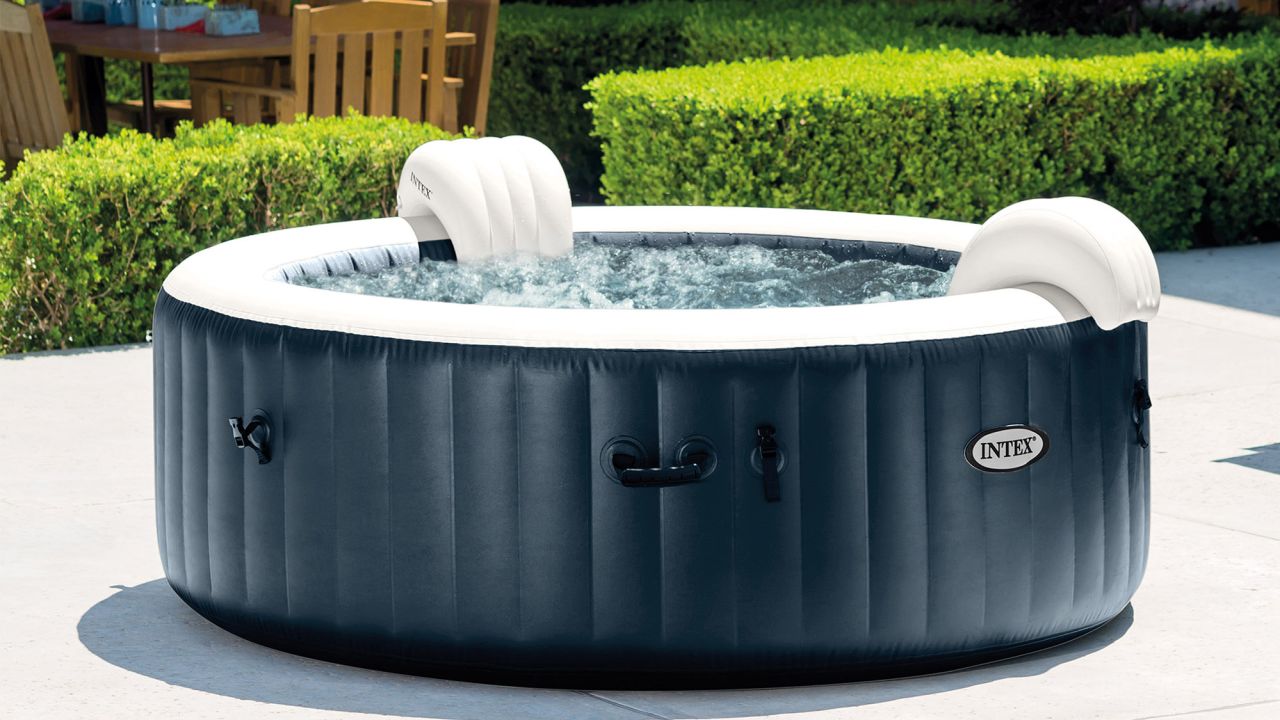
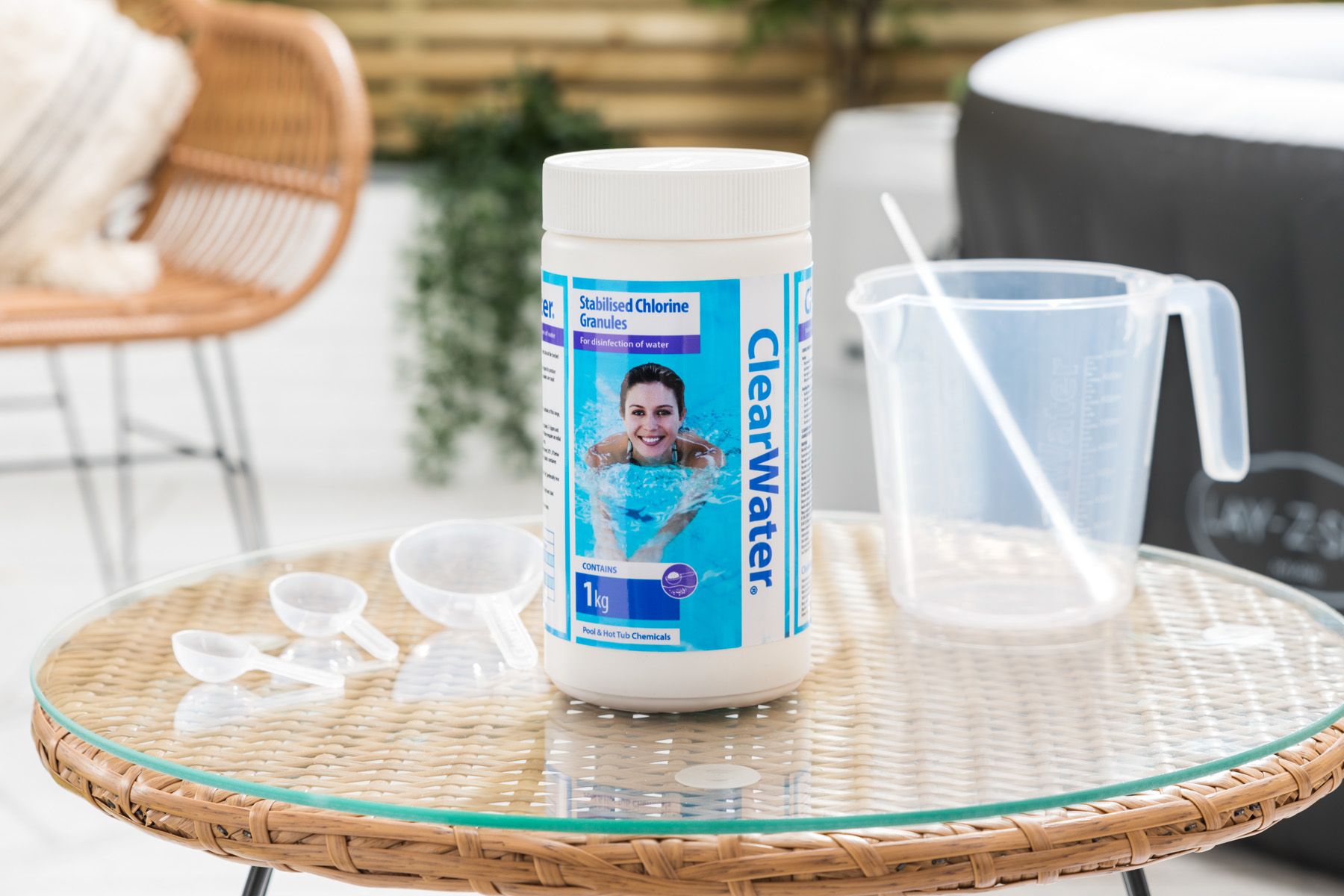
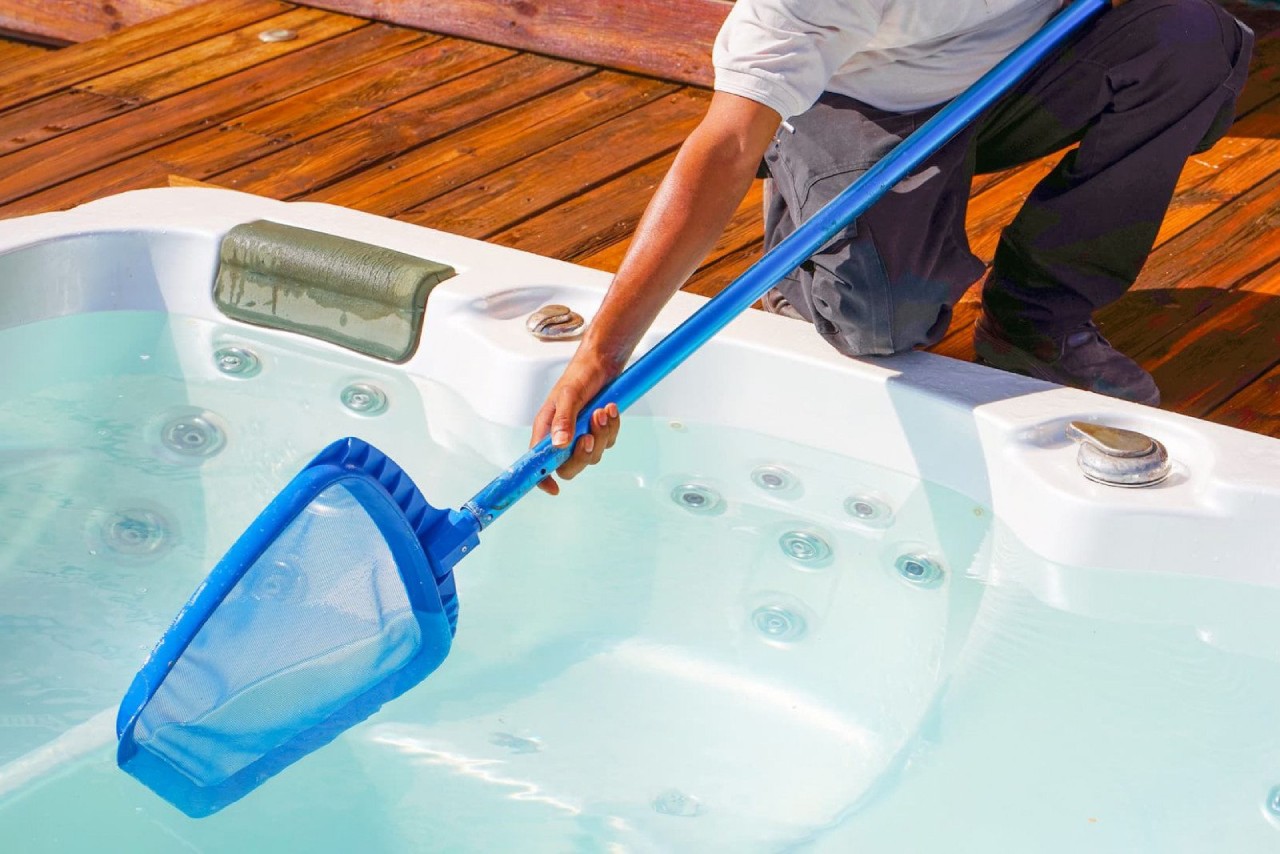
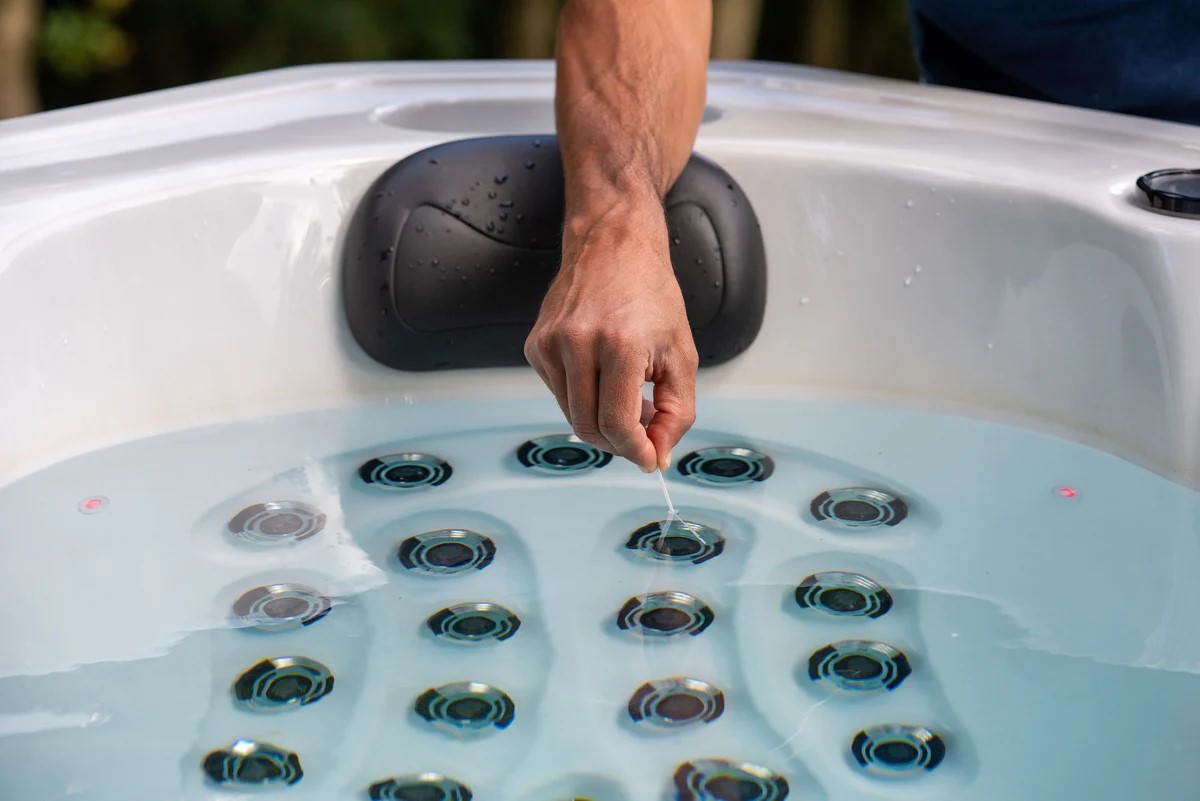
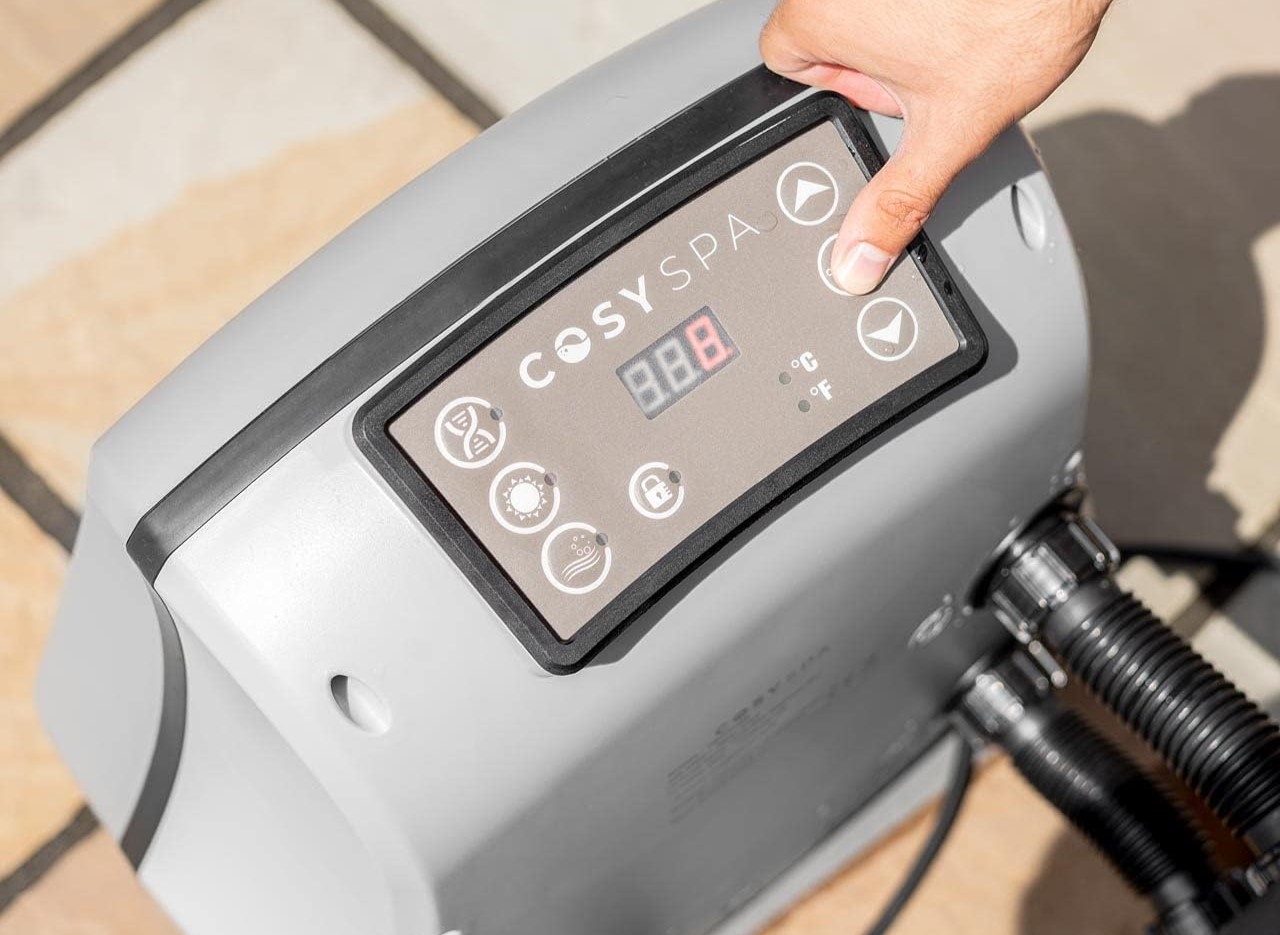
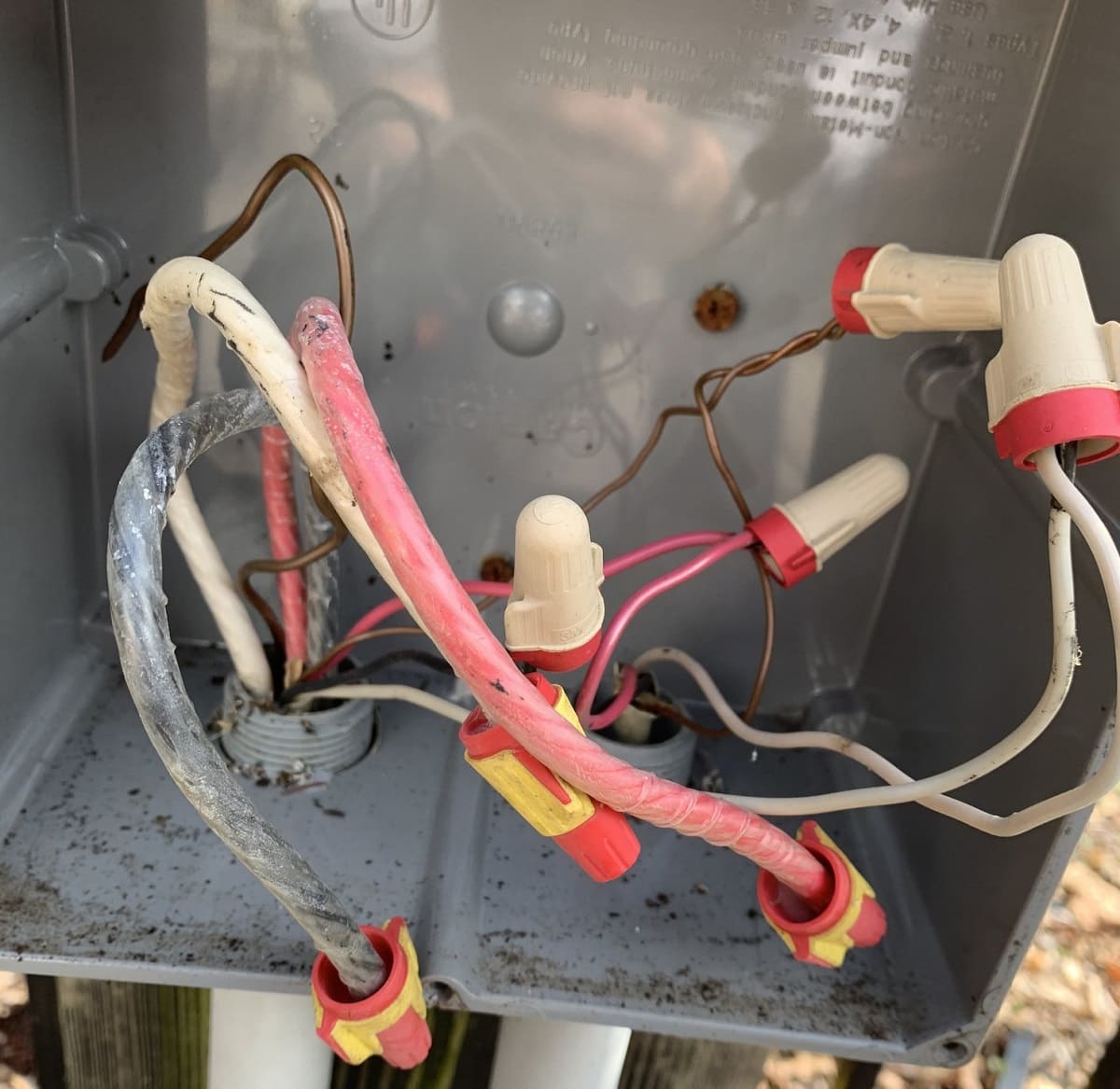
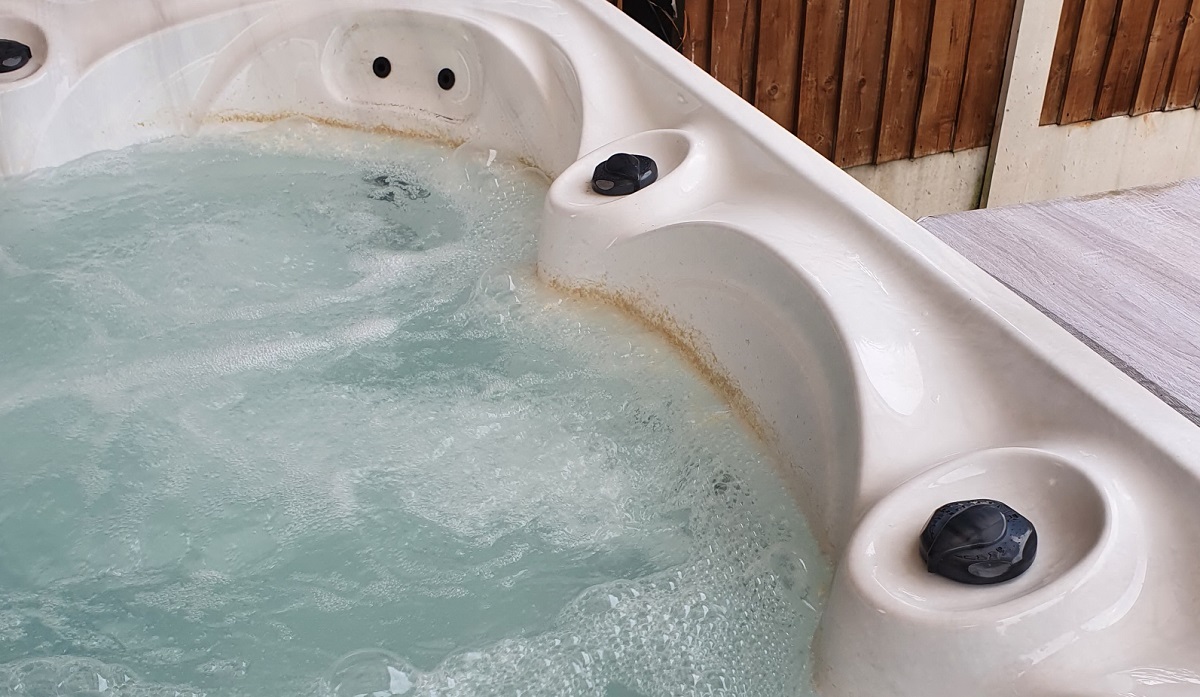
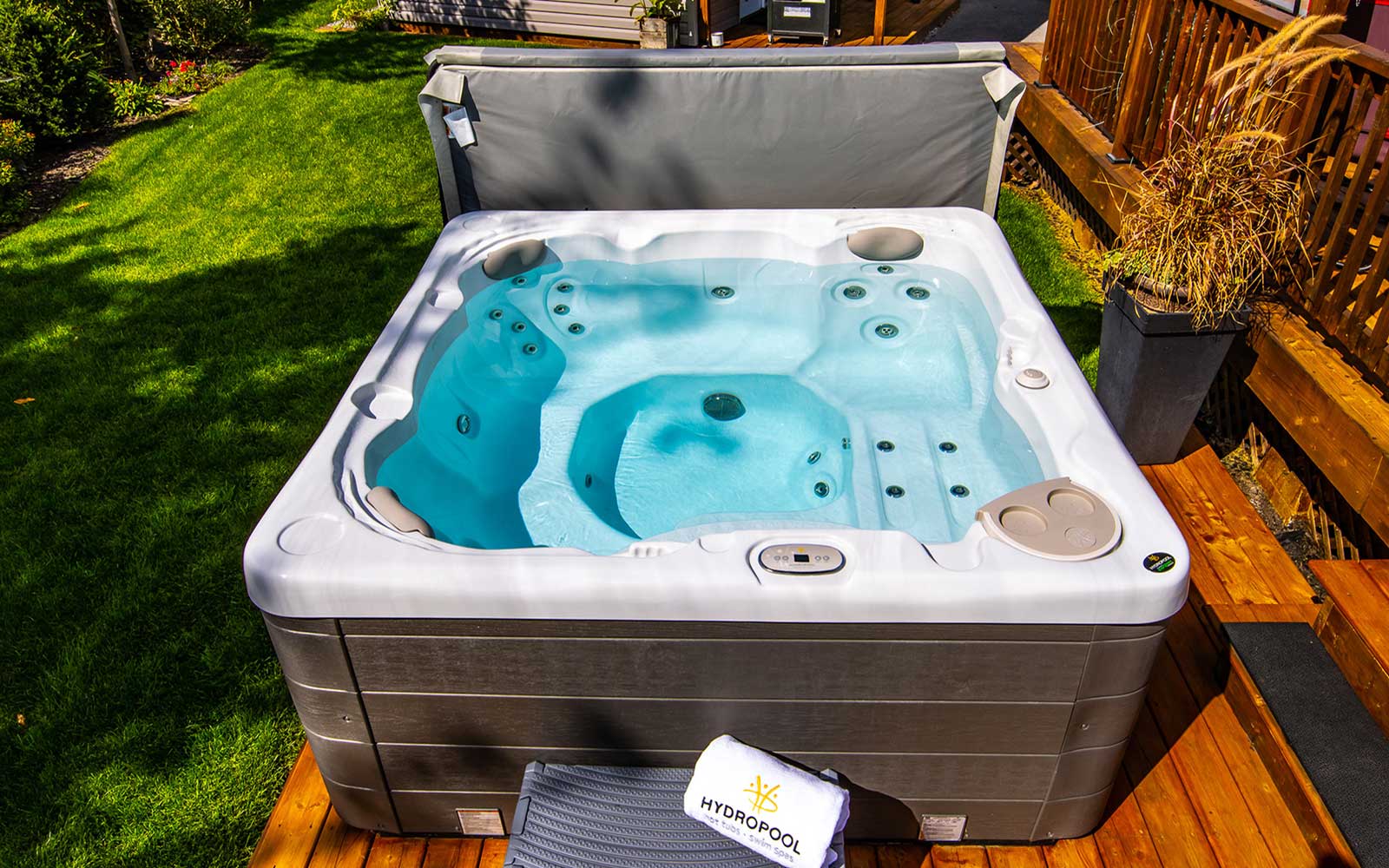
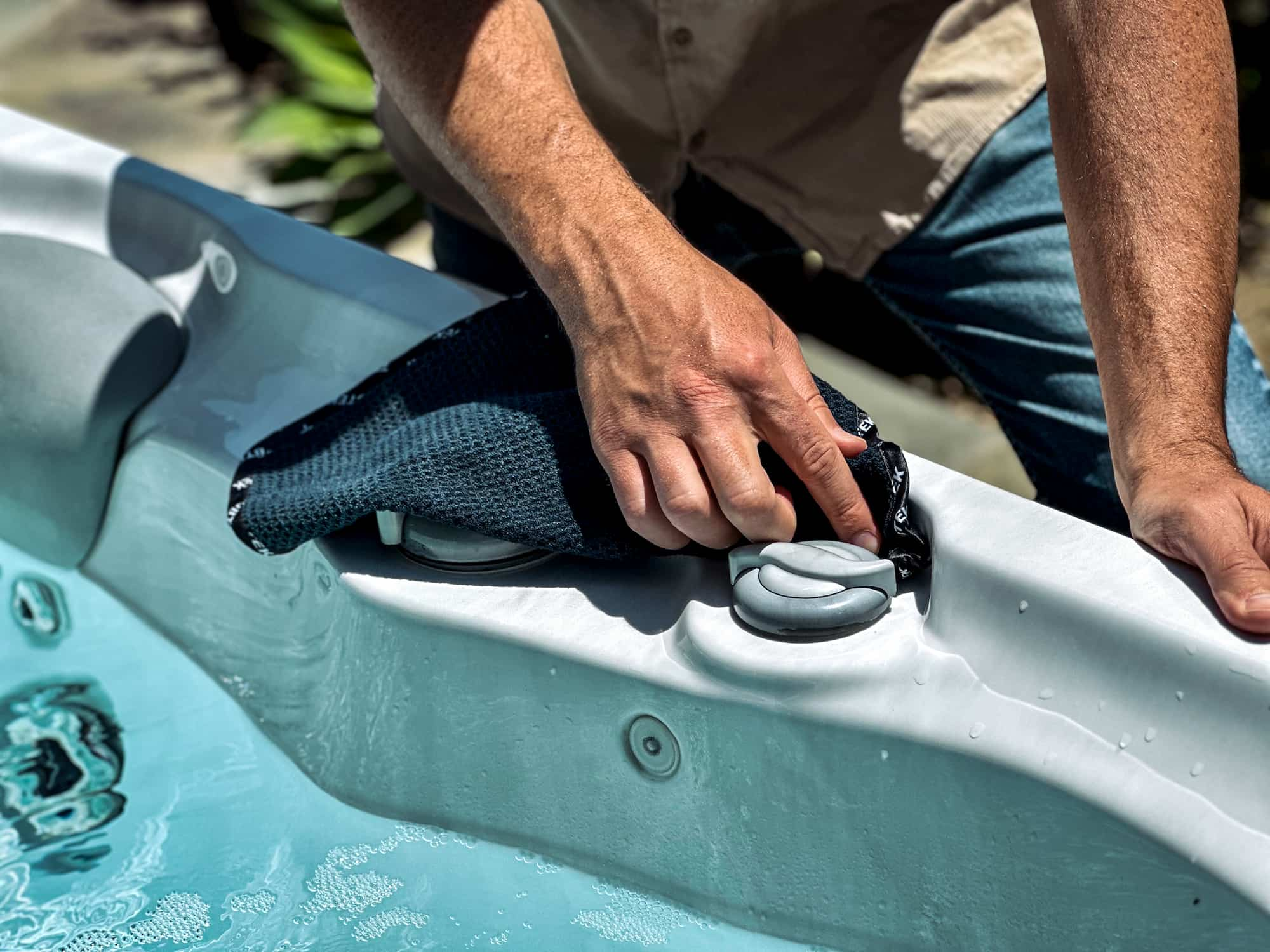
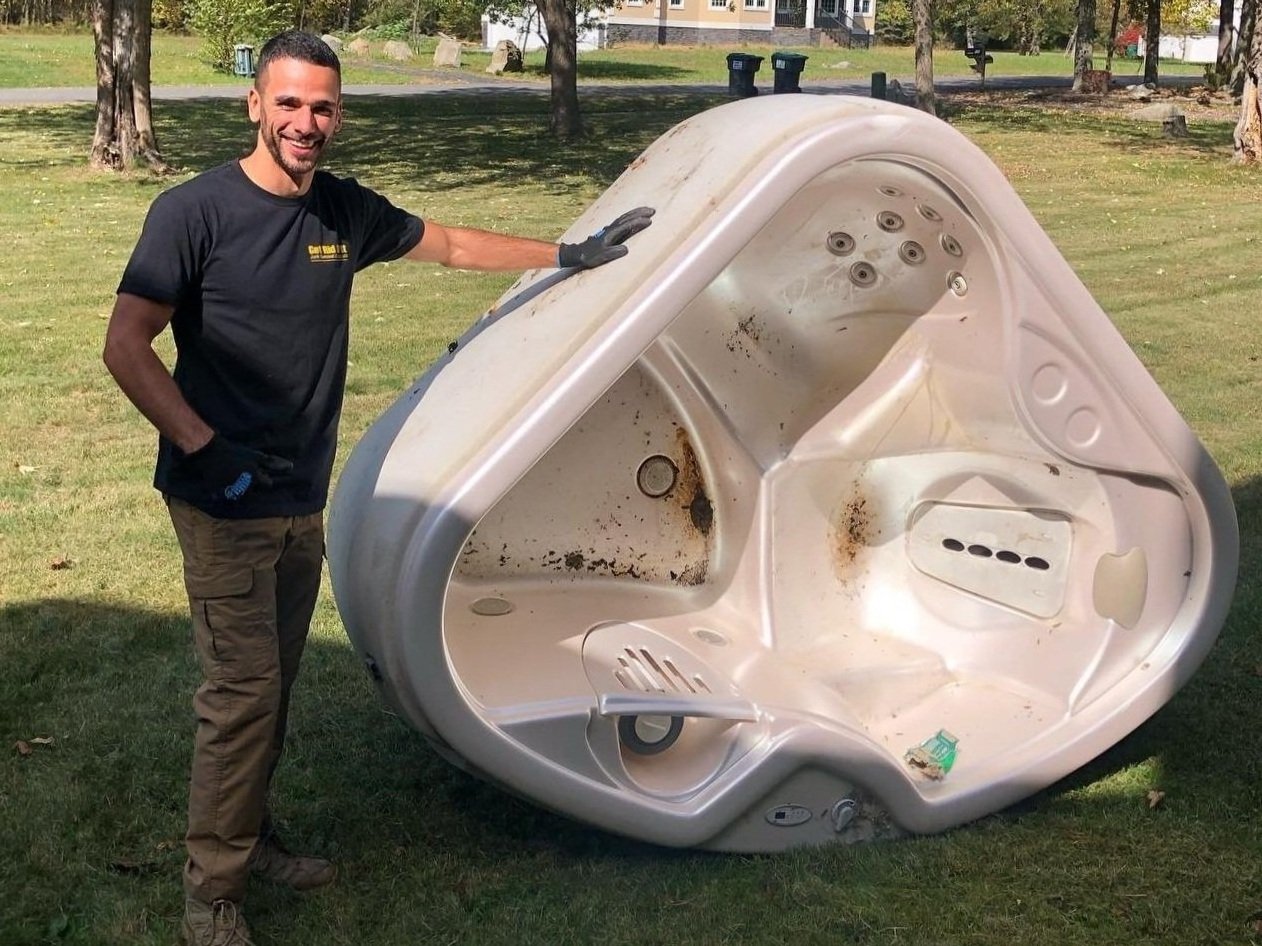
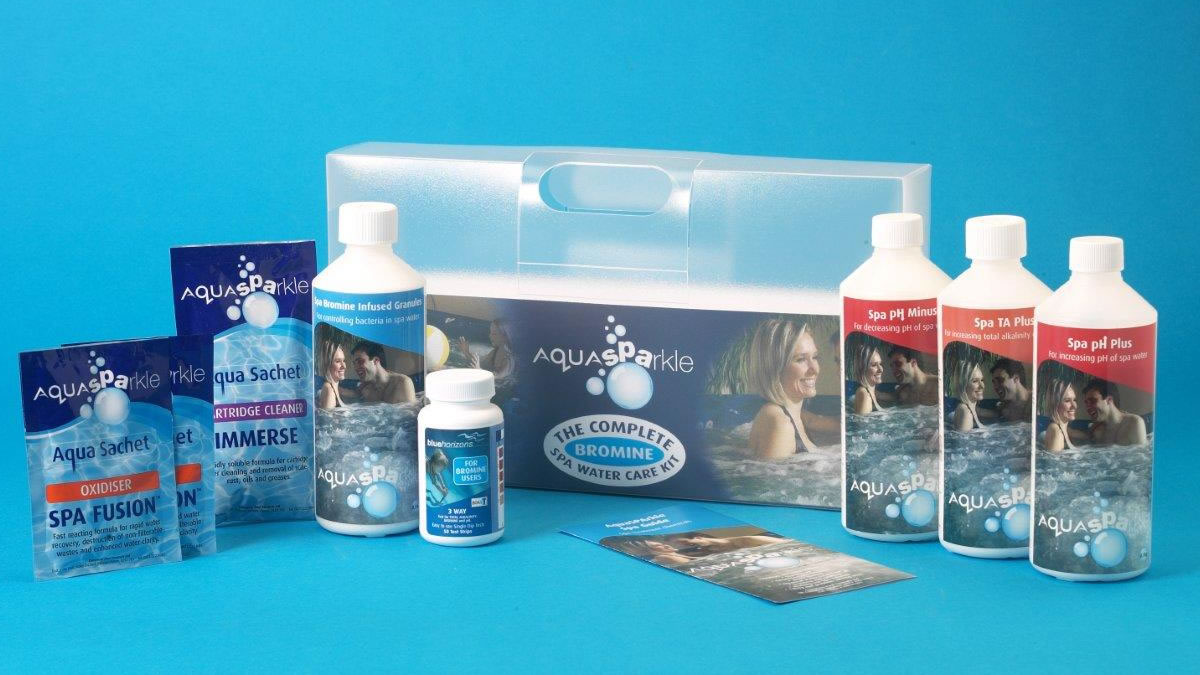
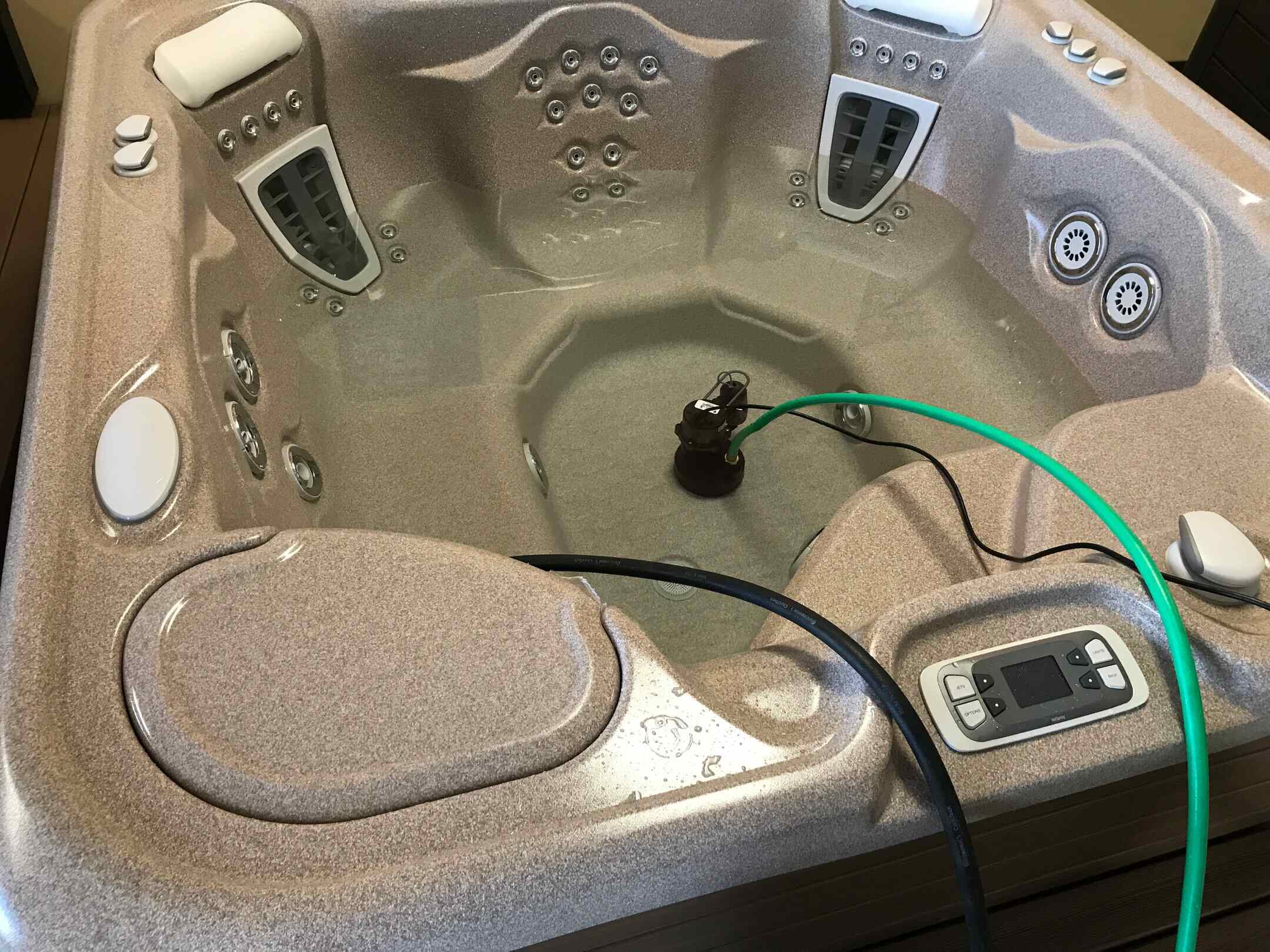
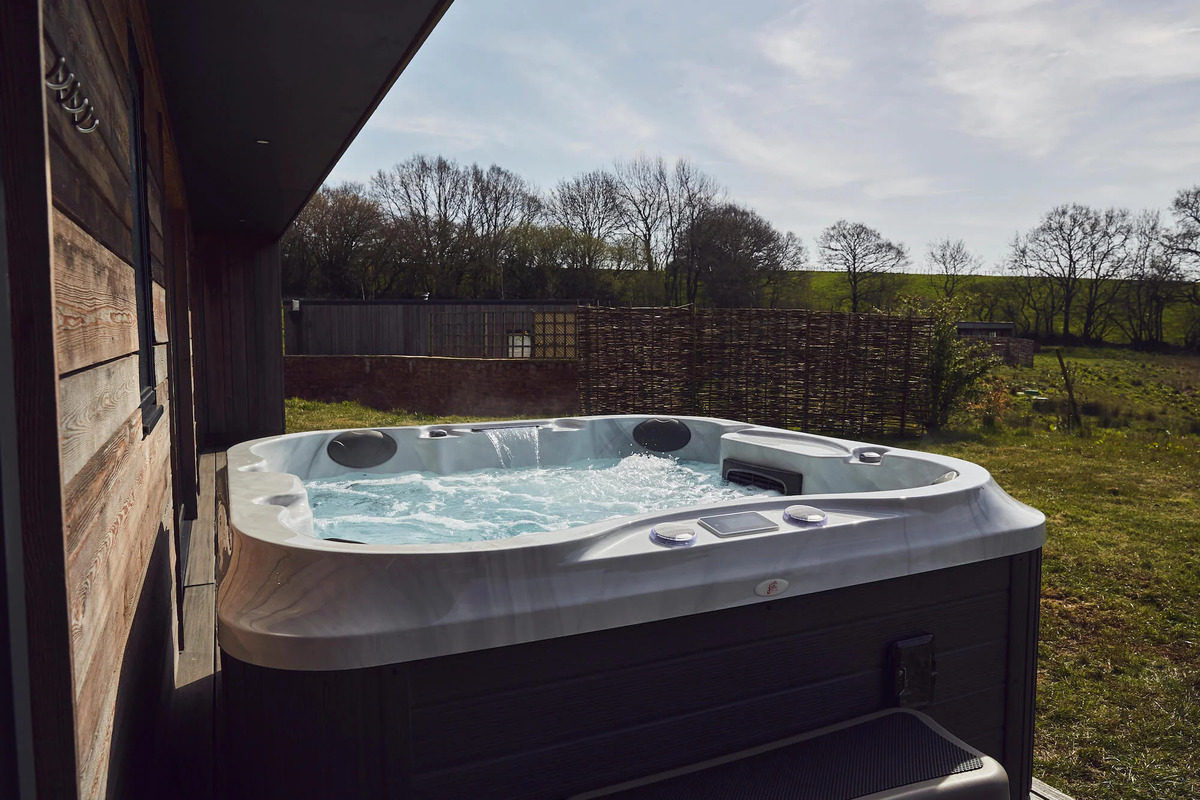
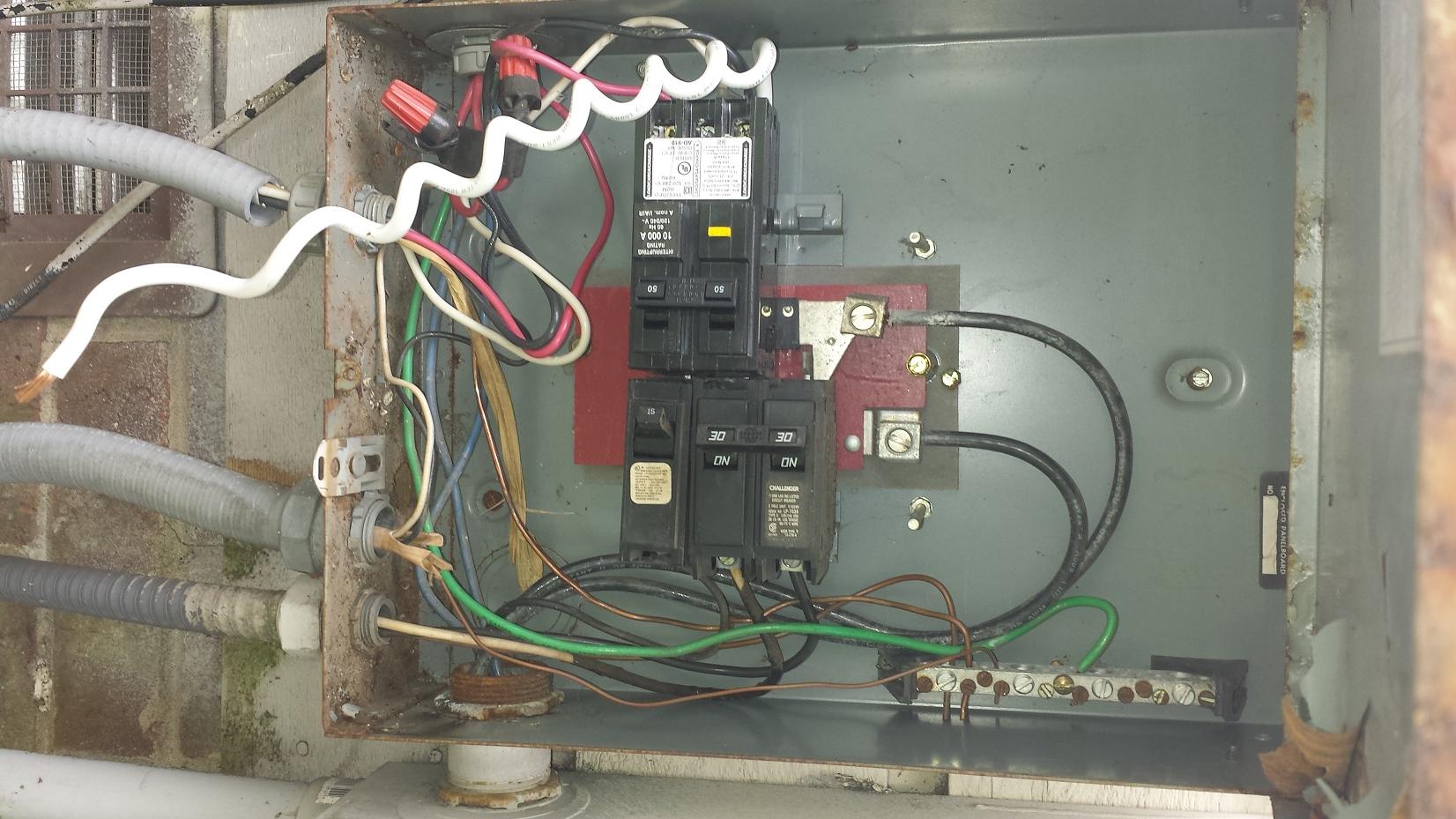

0 thoughts on “What Chemicals Do I Put In My Hot Tub”